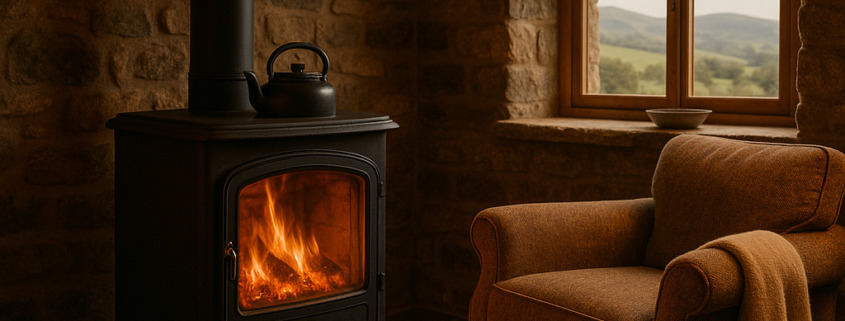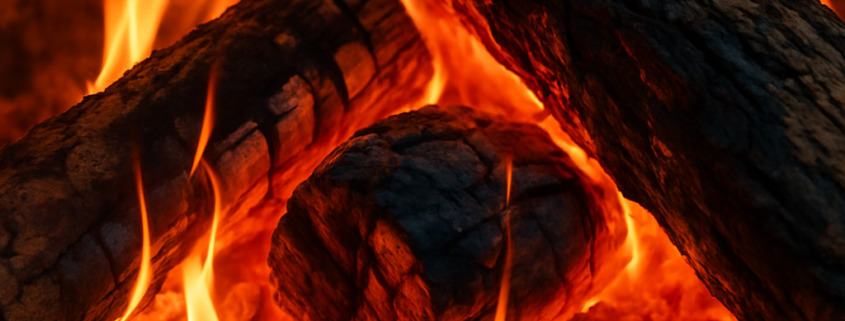Introduction
When purchasing firewood, the quality can vary massively. One company may supply logs that are bone-dry and ready to burn, another company may supply damp logs that sometimes even have mould attached!
It’s essential to take your time when choosing a firewood supplier.
The two most important aspects we think customers should consider are whether the logs come from a sustainable managed forest. For example, does the wood come from a forest that is FSC certified?
The next factor is whether the logs have been dried correctly and have a low moisture content.
This can mean the burning performance of the logs can vary massively depending on where you purchase your logs. One company for example may sell logs that will leave very little ash in the wood burning tray, the ash left is then fine. This can often mean that the wood has been burnt hot and correctly.
For another business that sells wet logs, you may be stuck for an extended period trying to ignite the wood. Then, an excessive amount of smoke may emerge from the chimney! The ash left in the wood burning stove can be excessive and the soot can actually damage the stove and the environment.
Therefore, you do have to choose your log suppliers carefully.
In this article, we will discuss some of the firewood certifications available to ensure that you are getting high-quality try logs or purchasing a quality wood burning stove. Also, it’s essential to buy logs from a sustainable source as well.
FSC Forest Stewardship Council
When you see FSC certification on a pack of logs or a log supplier’s website, this means that the company has sourced its logs from a supplier that is committed to responsible forest management.
Being FSC certified means that the company is committed to sustainable forest management.
If the forests from which the timber is sourced are responsibly managed, this means that there will be trees to fell in the future to produce wood or solid fuels again.
HETAS Certification
You may see a HETAS sticker applied to wood-burning stoves as well as fuels. Some customers may not know what this sticker or logo means—having a product that is HETAS-certified means that the product has been produced to work efficiently and to be environmentally friendly.
It is therefore a sign of quality if you are buying, for example, fuels that are HETAS certified.
Woodsure Certified
As we mentioned earlier in this article, purchasing wet wood can be both annoying for customers and harmful for the environment. Damp wood, that’s wood with a high moisture content, simply produces an excessive amount of smoke.
Instead, you want the logs to be as clean-burning as possible.
Therefore, many log suppliers in the United Kingdom hold Woodsure Certification, ensuring that the firewood or biomass fuels are of good quality.
Buy quality
There will always be log suppliers that compete solely on price. However, it’s important to note that if the wood is not correctly dried, it will not produce the heat that the customer would expect from the logs or kindling.
Wet wood can therefore be a total false economy.
However, as this article illustrates, not all firewood is the same. Firewood and logs from suppliers like Forestry Firewood are of exceptionally high quality, having been dried correctly.
This results in a much easier ignition and a hotter burn for the customer.
Call us to arrange delivery.
We don’t just deliver in the winter months; our delivery team also delivers logs during the winter.


